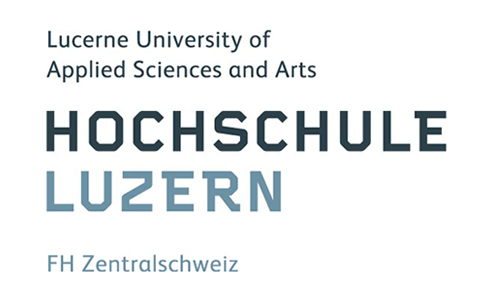What Does the Future Look Like for Finance?
Extraordinarily rare is the person who can truly predict what the future holds in store, but sometimes a look at the present is all it takes to recognize arising opportunities. The financial industry is at a critical juncture and must come to grips with radical change. Business models are changing practically by the week, and all actors without exception currently find themselves at a crossroads. They are on the lookout for ideas on how to continue generating growth.
Many of the new ways of thinking are rooted in new technologies, infrastructures and data. The challenge is to utilize their full potential to tap new customer segments. We at SIX are working closely with our clients to futuristically transform the financial markets of today.
2025/26 Future of Finance Study
The fourth annual study in the Future of Finance series by SIX reveals that – in the context of changing market conditions – confidence has returned strongly to financial institutions across the globe.
For Future of Finance 2025/26, Censuswide on behalf of SIX surveyed senior executives across 291 international financial institutions spanning asset management, wealth management, asset servicing, and investment banking in Germany, Hong Kong, Singapore, Spain, Switzerland, the UK, and the US.
The survey included questions across four key topics: growth, trading, regulations, and data.
Our Latest Research and Reports
What will the financial world look like in 5, 10 or 15 years? Which technologies will become dominant? What role will data and artificial intelligence play? We’re always thinking about the future, and we share our knowledge in various publications like white papers or reports in all the areas related to financial services. Our white papers include analyses of developments in the finance industry, new methods or specific problems that our clients are facing. We report the facts and then assess them on the basis of conversations with experts from the world of academia and the financial industry. Our aim is to initiate discussions and provide insights.
Market Data in the Age of AI
For this market data study, Coalition Greenwatch, in collaboration with SIX, interviewed 50 buy-side firms globally to uncover the latest trends and innovations in market data consumption, distribution and technology adoption.
Future of Wealth Management
How is the Swiss asset management industry positioning itself and how should it adapt to the increasingly data- and technology-driven world in order to ensure its future competitiveness? Explore more about one of the most important business areas in the Swiss financial industry.
The Impact of Technology on New Business Models in Banking
Digitalization has fundamentally changed the way financial services work today. Read about the most important trends in open banking, embedded finance and banking-as-a-service.
The Future of the Swiss Invoice Industry
Together with the University of Applied Science of Lucerne, SIX provides an overview of the Swiss invoicing industry. Find out more about their importance to the Swiss payment traffic and the economy, both in terms of transaction volume and their role in the Swiss payments culture.
The Perspective of Buyers of Voluntary Carbon Credits (VCCs)
Gain insights into the current state of the carbon credit market with a particular focus on the perspective of buyers of Voluntary Carbon Credits (VCCs). What are the key factors influencing the decision-making process for the purchase of VCCs, what are the challenges faced by market participants?
Do You Need More Information?
If you would like to find out more about our white papers, studies and reports, just get in touch.
Further Glimpses into the Future
Now that the word “blockchain” appears to have crept into everyday parlance, neologisms like “DeFi” and “DApps” are going around these days. Find out in this blog post what they mean and how they’re changing the world of finance.
The importance of data goes beyond just being a source of income: Data links different businesses and even industries together. Read how data creates transparency, makes processes more efficient, and enables growth.
At least since Facebook changed its name, the term has been on everyone’s lips: the metaverse. What’s it all about? What do NFTs have to do with it? And what does it all mean for banks?
For a minimum of 100 euro you’re in luck: the Liechtenstein-based ARTEX enables you to co-own works of art and to trade shares in them. Read below why not even blockchain technology is needed for this and why reliable traditional clearing and settlement mechanisms are used instead.
The initial obligation to open banking has now turned into a dynamic international competition. Sven Siat, Head Connectivity in the business unit Banking Services of SIX, explains why reluctance will not pay off also for the Swiss banks: Those who do not provide up-to-date programming interfaces in the future will not have a lasting business model in the long run.
Like other business areas within the Swiss financial center, wealth management is facing major challenges. What adjustments to the business model are necessary? Find out which competencies will be helpful in connection with data and technology.
We keep you up to date on developments in the financial markets and provide background information from the world of SIX – directly in your email inbox.
Subscribe Now



